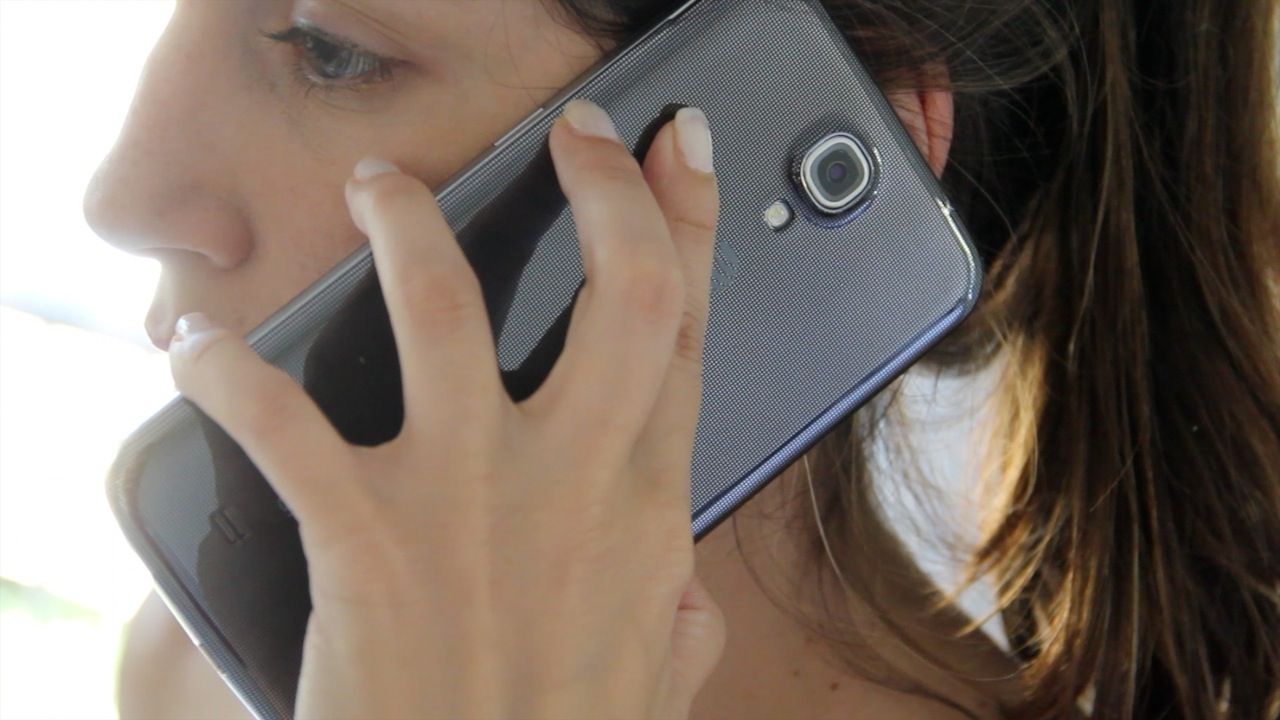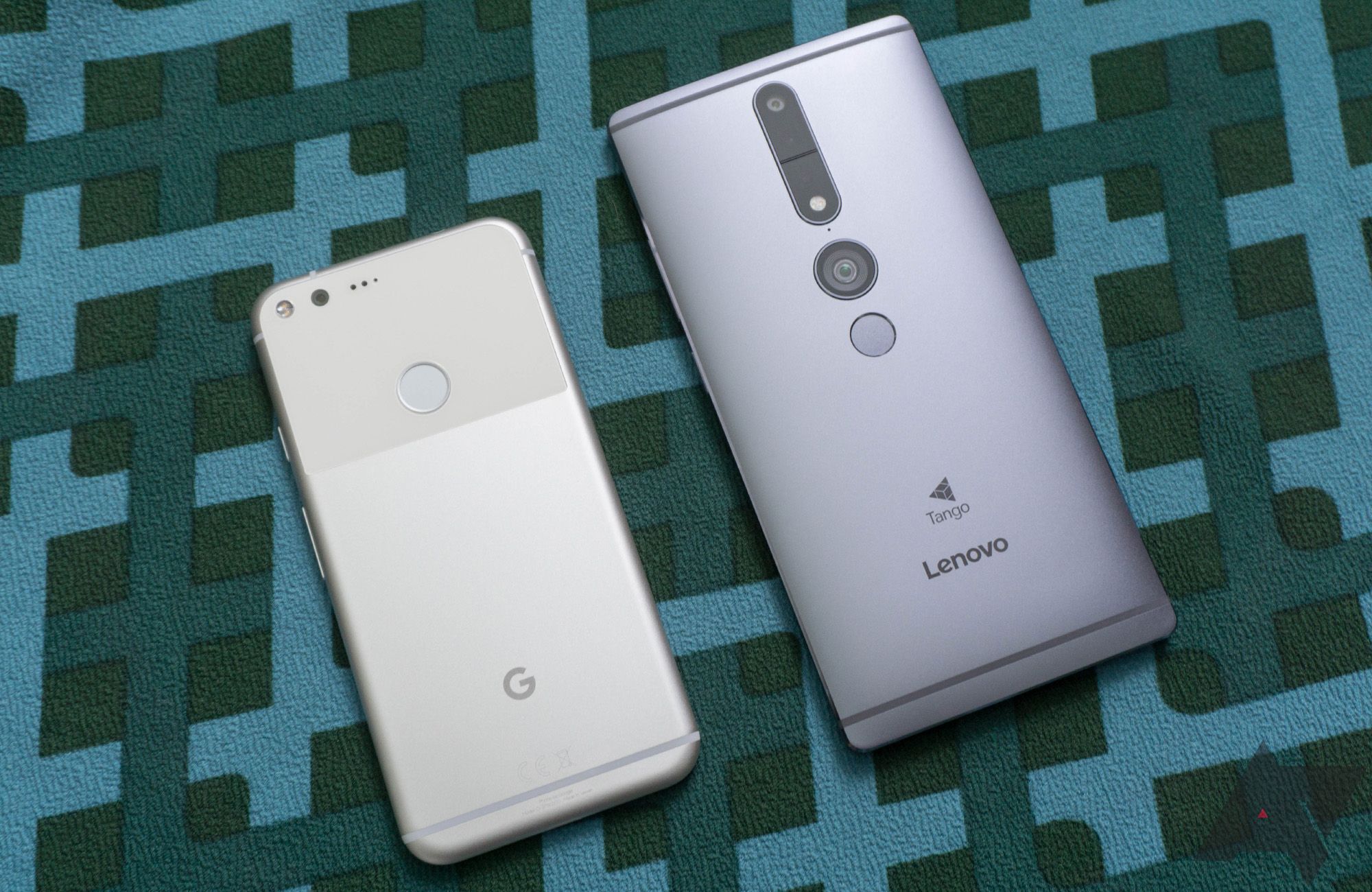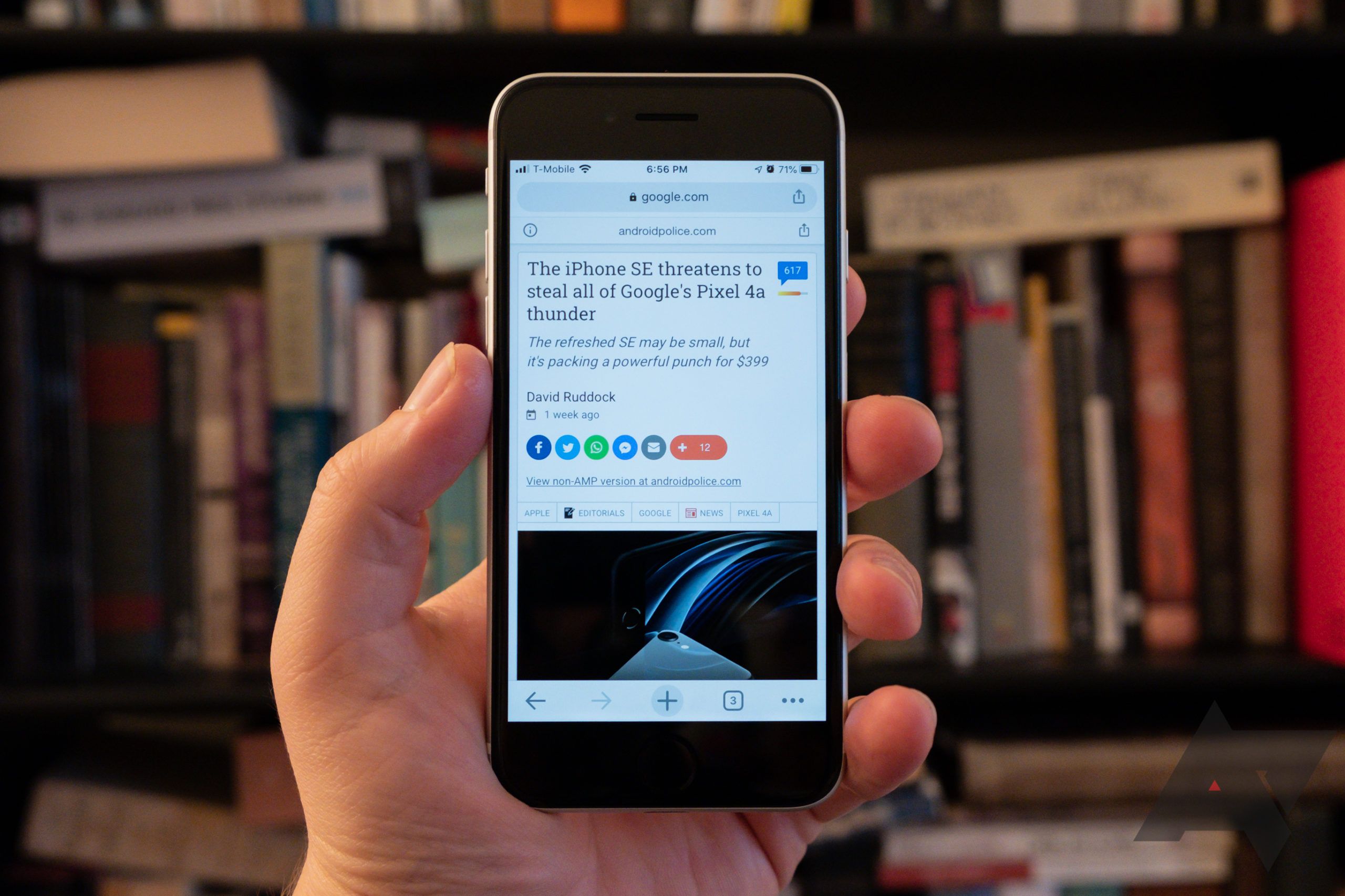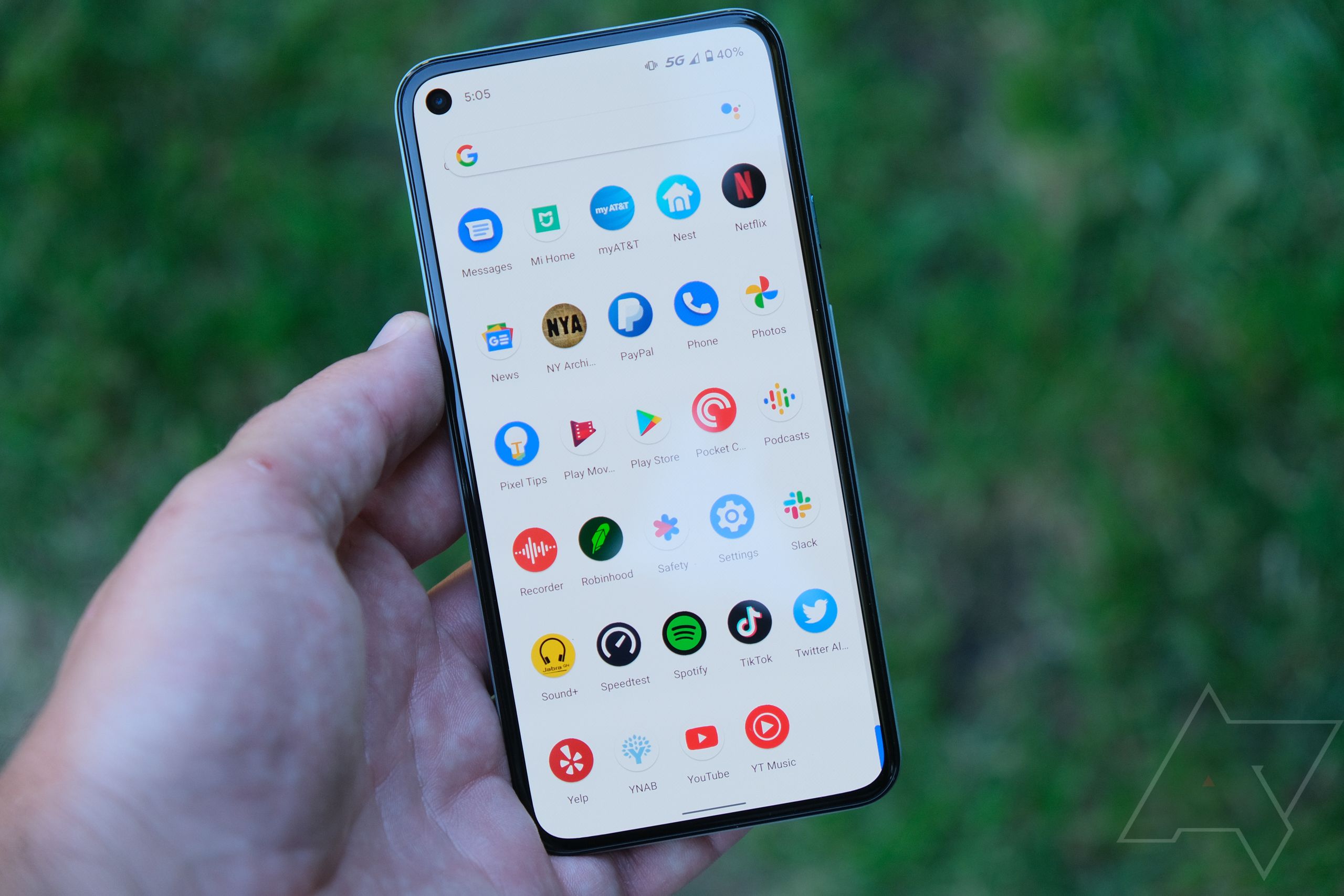At 142mm tall, 70mm wide, and 8mm thick, 2011’s Samsung Galaxy Note was smaller than today’s Galaxy S24, now widely considered one of the best small phones. The first Note received generally positive reviews — as well as criticism for being “positively gargantuan.”
Fast-forward about eight years, and esteemed outlets everywhere (us included) opined on the borderline-ridiculous girth of the newer Galaxy S20 Ultra. It was about 4.5mm taller and 3mm slimmer than the latest S24 Ultra, indicating top-of-the-line phones haven’t changed much in size since then.
2013’s Samsung Galaxy Mega, in all its 88mm-wide glory
What happened in between? Technology advanced, consumers demanded performance, companies held to their bottom lines, and we got stuck with oversize phones.
How we normalized the phablet
It was probably destined to turn out like this
Surely some ingenious visionaries foresaw the coming of massive, edge-to-edge screens, but smartphones certainly didn’t start out that way. The original iPhone, released in 2007, measured a petite 115mm tall and 61mm wide, practically microscopic by today’s standards.
Derek Zoolander’s sad because he knows phones will never be small again
But phones didn’t need to be huge back then. Ultra-simple mobile websites, a still up-and-coming streaming environment, and the comparative nonexistence of remote work and video conferencing left nobody clamoring for a 6.78″ display with a pixel density far beyond what the human eye can detect.
In the years leading up to the birth of the smartphone, engineers reveled in the ability to make everything smaller, more portable, and also faster. But 3G connectivity was just breaking through right around the same time, and when the iPhone combined a phone, music player, and relatively large touchscreen with reliable internet access, design and development were off to the races.
The Pixel XL vs. the 180mm × 87mm Lenovo Phab 2 Pro, which had a 6.4″ screen
Soon, the heat was on to push the limits of what each new crop of smartphones could do, which meant continued size increases until the market determined the sweet spot. Smaller semiconductor nodes, more complex architectures, and increasingly efficient instruction set architectures didn’t make phones smaller anymore, instead allowing developers to get exponentially more out of bigger devices.
Step-by-step embiggening
On the road to where we are now, cellular infrastructure, software versatility, and component efficiency continued to grow during smartphones’ first several generations, but the ensuing size increases weren’t without user pushback. The noteworthy, 137mm-tall Galaxy S3 even had experts wary of Samsung pushing the form factor envelope too far.
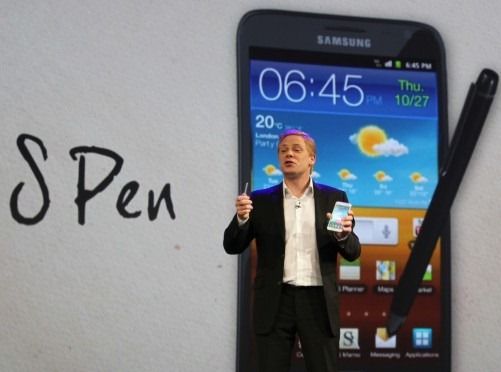
Editorial: 5 Million Galaxy Notes Sold In 5 Months Says A Lot About The Future Of Smartphones
But by the time Samsung’s impressively mature S8 and S8+ hit shelves in 2017, the demand was clear. The two sold over 41 million units combined, and guess what? The 160mm-tall S8+ was more popular. Big phones were here to stay.
Big phones really are useful
Money talks, and Samsung followed suit with larger phones. People didn’t want a bigger device in their pocket for no reason. Consumers demanded hardware, batteries, storage, and displays that couldn’t easily fit into small packages. And rather than the people changing, the content and its interactivity had evolved.
My tiny, old Xperia XZ1 Compact performed fine for my needs, but mobile websites did eventually get tough to read. And banking apps, online ticket purchases, multi-functional social media accounts, and countless fun mobile games scarcely existed over a decade ago when sub-5″ screens were the norm. You can’t use what you can’t see, and a 4.6″ screen doesn’t show you much.
Those most willing to compromise can always switch to an iPhone SE
Sure, you could theoretically pack some less-than-flagship hardware into a 142mm-tall body like the Galaxy S5’s. And if you don’t particularly care about playing complex mobile games or editing spreadsheets on your phone (and small phone aficionados generally don’t), you might be OK with the trade-off. But today’s big players make significant revenue on huge flagships while less-capable models wane in popularity and profit margin.
A big screen means more than just FHD streaming
As modern apps get vastly more versatile and effective (take today’s fancy AI features, for example), many demand considerable horsepower that entry-level hardware can’t provide. A quality camera needs space, and one lens won’t cover all photography needs. As great as the XZ1 Compact was for taking pictures at its size, it definitely couldn’t compare to today’s excellent smartphone cameras.
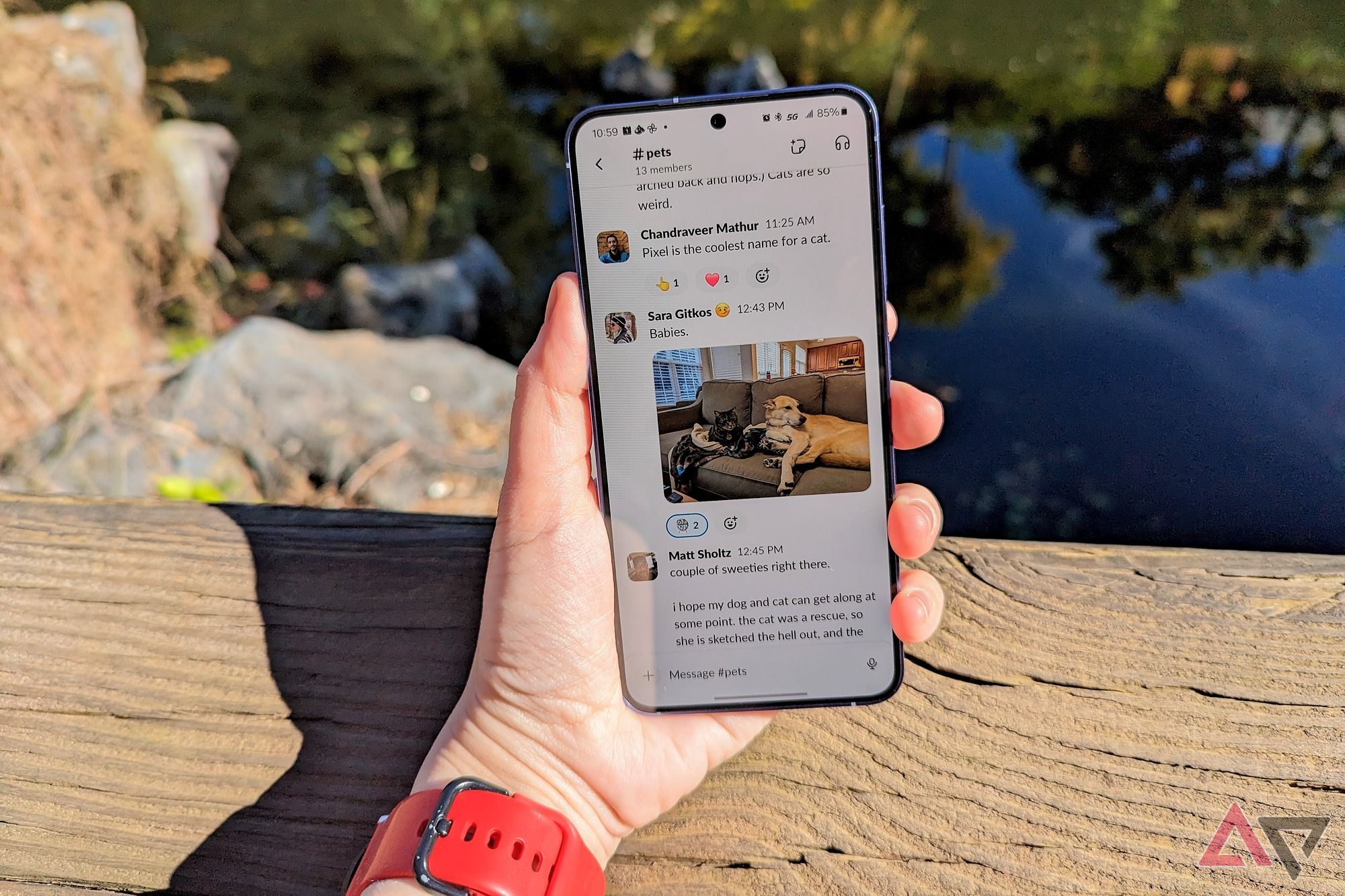
Samsung’s Galaxy S25 could truly spell the end of small phones
The Korean giant’s next compact flagship might pack a bigger 6.36-inch screen
The high-powered chips and bright displays that consumers demand also produce waste heat that needs somewhere to go. And the power driving those chips comes from batteries based on slowly evolving technology. In the end, we got what we wanted: big phones that do it all, even if our thumbs can’t reach the notification bar anymore.
Why nobody makes small phones right now
The obvious bottom line is that manufacturers stopped making small phones because they stopped turning a meaningful profit. If the XZ2 Compact had made Sony money, it might’ve developed an XZ3 Compact. The Galaxy S10e was fantastic, but why would Samsung replace it without sufficiently covering R&D costs? 2021’s iPhone 13 Mini still performs swimmingly, and current owners have zero reason to upgrade now that the lineup’s vanished. And the Galaxy S Mini died before it ever really got traction.
Aside from absolute smallness, the overall selection has shifted heavily towards greater dimensions. According to GSMArena, the market saw 377 sub-145mm smartphones released from 2016 to 2020, including some of the best phones of each year. Between 2020 and today, that number drops to 28, and you’ve probably only heard of six: two Pixels and four iPhones. Today, only the Zenfone 10, Galaxy S24, Pixel 8, and iPhone 15 come close to 150mm tall among new phones, and they’re all pretty pricey.
Do small phones have a future?
I recently spent a couple of pages complaining about compact smartphones’ disappearance, and I’d assumed I was basically the only one who cared. Since then, the rising voices of fellow small phone lovers have shown there’s a growing call for something we can use easily with one hand.
Even popular names like MKBHD have been lamenting, for example, the potential demise of Asus’s small Zenfone. Outlets across the internet spend increasing time talking about how big today’s phones are, and readers continue to speak up in support. It may not be probable, but it’s more possible now than two years ago that some brave manufacturer will reintroduce a truly compact smartphone. My pockets are ready.
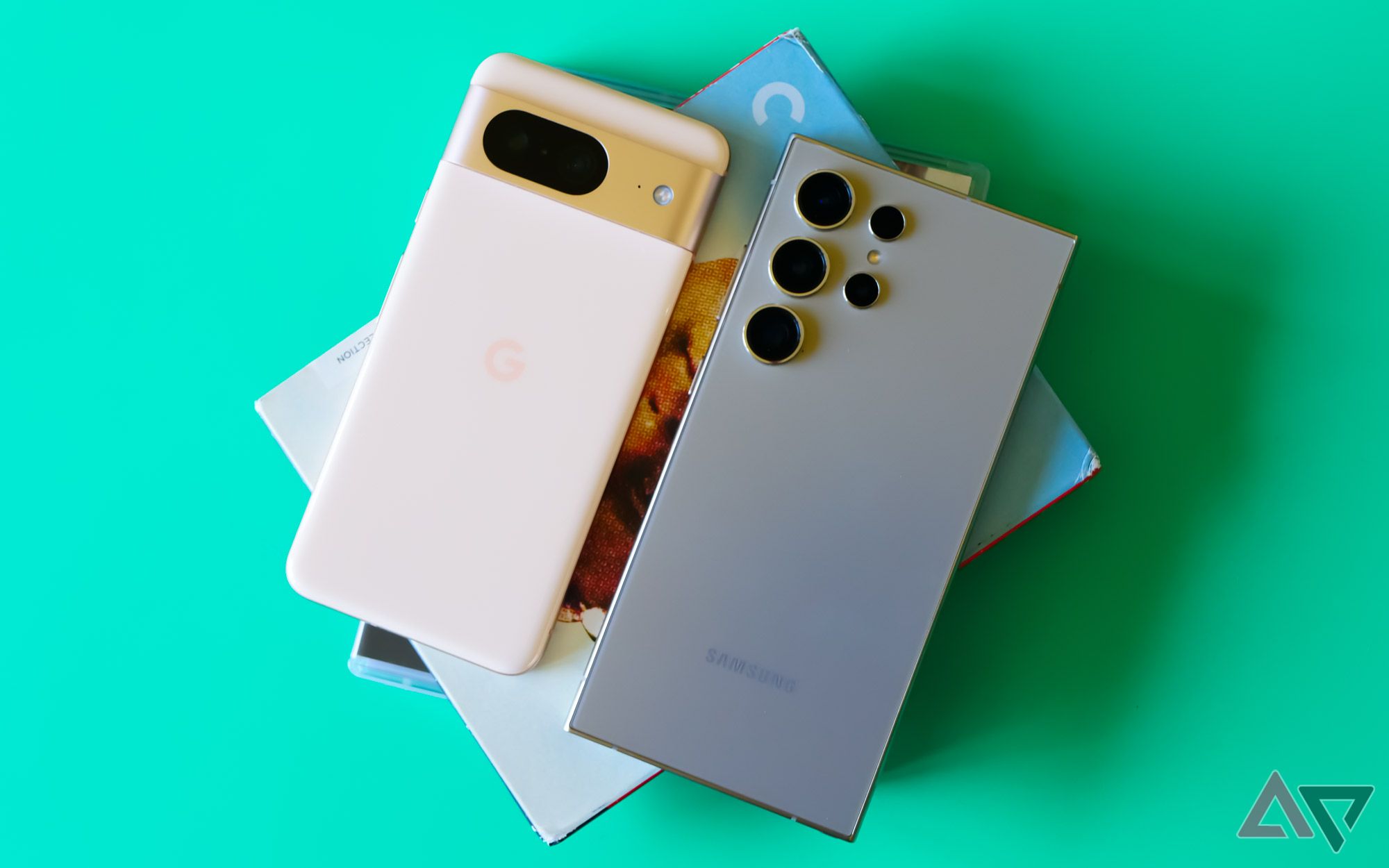
The Pixel 8 feels small after the Galaxy S24 Ultra, but I want a truly tiny phone
Google and Samsung have me convinced: smartphones are too big




